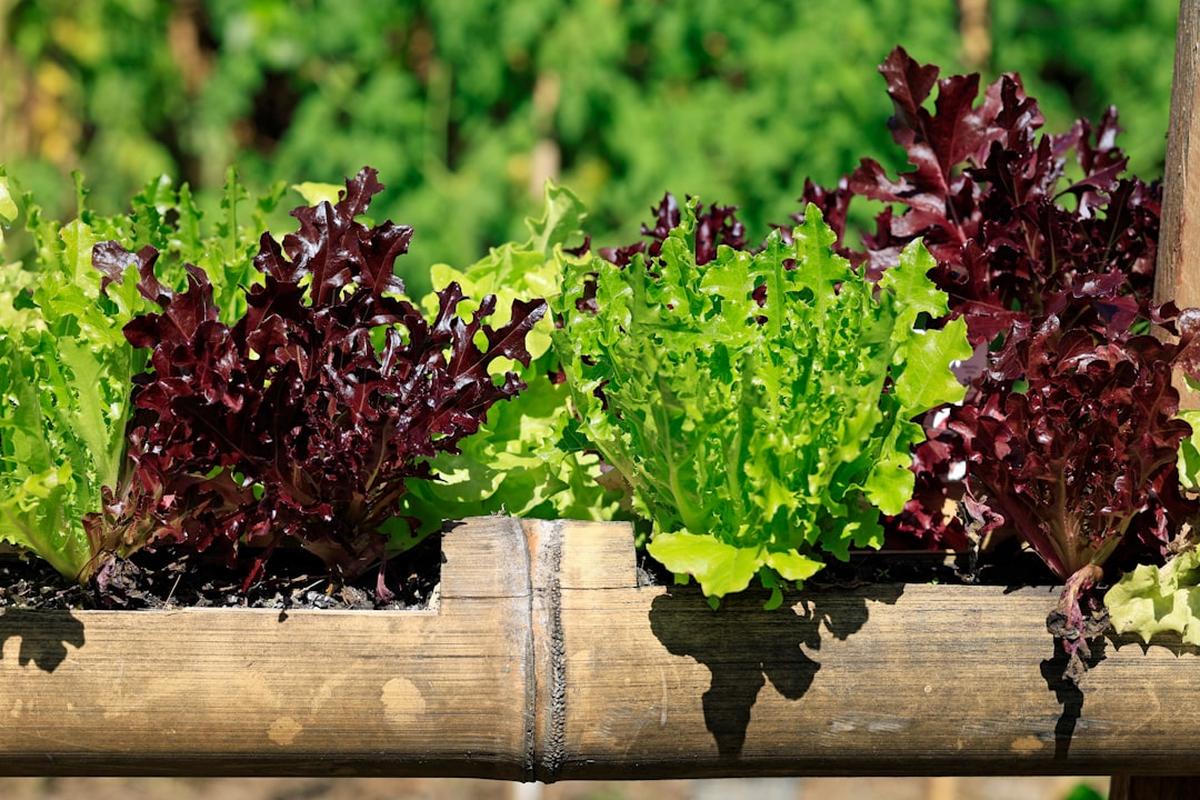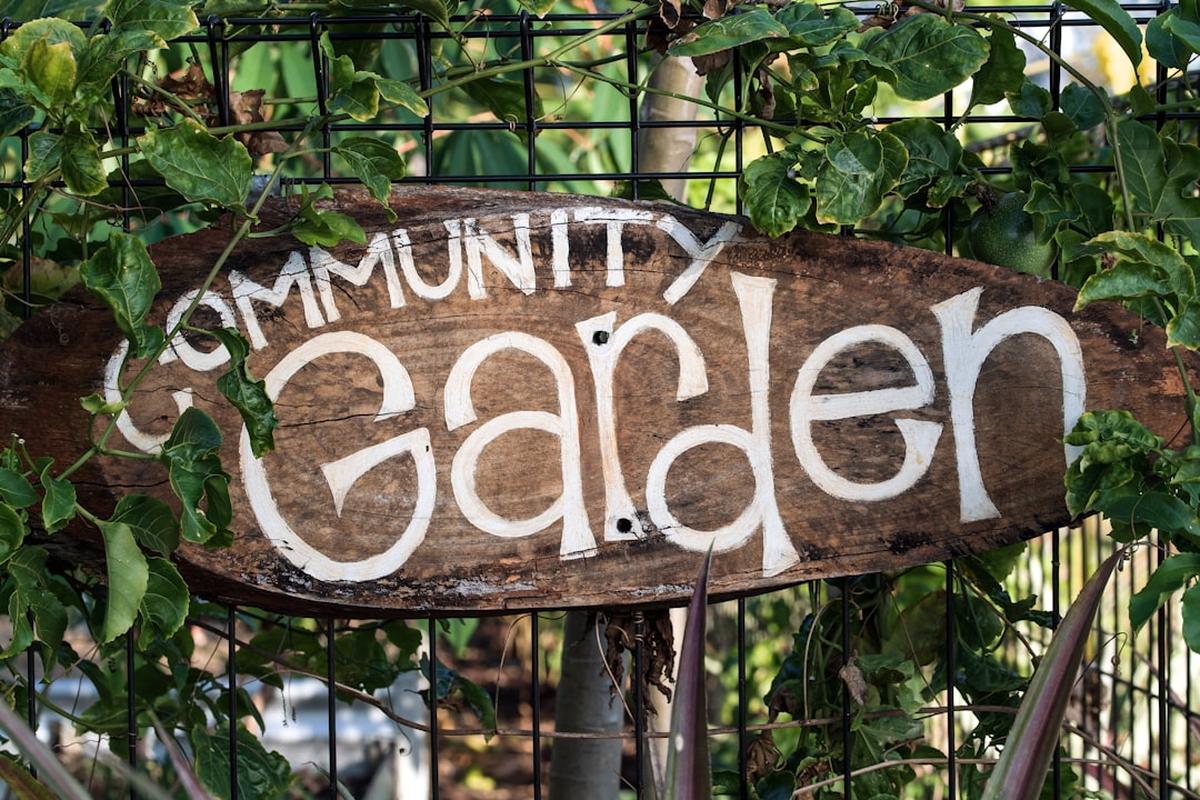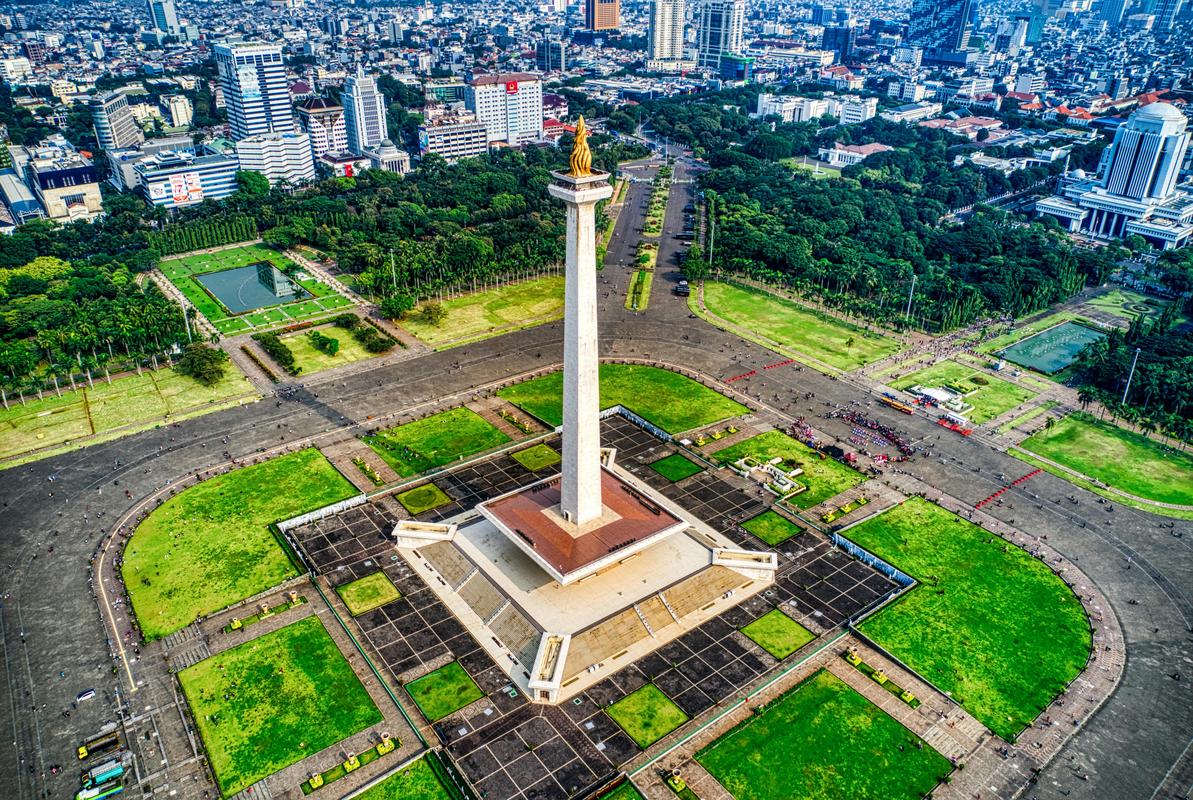What is Urban Agriculture? An Introduction to the Concept
Urban agriculture is a thriving movement that is changing cities around the world. At its core, urban agriculture involves growing, processing, and distributing agricultural products within urban and suburban areas. This cool way of producing food offers a bunch of benefits, from helping local food security to getting the community involved and being good for the environment.
One of the most interesting things about urban agriculture is how it can meet a big part of a city’s food needs. In Detroit, for example, high-yield growing methods could provide over 30% of the veggies and fruits eaten by the city’s 900,000 residents on less than 300 acres of land. Similarly, urban farms in Cleveland could possibly meet between 46% and 100% of the city’s fresh produce demand, as well as a good amount of its poultry, egg, and honey needs.
Besides helping with food security, urban agriculture also acts as an important home for pollinators like birds, bats, bees, and butterflies, which helps protect culturally important, heirloom, and wild crops. Additionally, these green spaces can help cool down cities by having lots of trees and replacing paved or bare areas with lush plants.
Successful urban farms, like Clay Bottom Farm in Indiana and Gotham Greens in New York and Chicago, have shown that this approach can make money. These businesses not only provide fresh, locally-grown produce but also create jobs, build social connections, and offer chances to learn about food production and healthy living.
Recognizing how valuable urban agriculture is, policymakers are starting to include it in their community goals and policies more and more. The 2018 Farm Bill, for example, gave resources to support this growing sector, including an Office of Urban Agriculture and Innovative Production and money for pilot projects. With this kind of support, urban agriculture is set to keep changing cities, one garden and farm at a time. 1 2
 Photo by David Clode 3ble2asy on Unsplash
Photo by David Clode 3ble2asy on Unsplash
The Benefits of Urban Agriculture: Why Cities are Embracing It
Urban agriculture is blooming in cities all over the world, offering a ton of benefits that are changing the way we think about food production and community resilience. At its core, urban agriculture is about reclaiming underused spaces and turning them into lively, productive green spaces that nourish both people and the planet.
One of the coolest things about urban agriculture is its potential to cut down on carbon emissions. By keeping food production local and reducing the distance between growers and consumers, urban farms can really help lower the emissions from transporting food. According to the USDA Climate Hubs report, urban agriculture could provide up to 20% of the global food supply, which is super important for creating more sustainable and climate-resilient cities.
Urban agriculture can also help communities deal with the impacts of climate change by offering access to local foods and growing different types of crops in various locations.
But the benefits of urban agriculture go beyond just being good for the environment. These green spaces in our cities can also address important social and equity issues by providing fresh, healthy foods in underserved areas and creating opportunities for community involvement and learning new skills. As a study from the University of Michigan points out, the key is to plan and design urban agriculture projects carefully to make the most impact socially and environmentally.
By embracing urban agriculture, cities are not only reducing their carbon footprint and strengthening local food systems, but also creating a stronger connection between people and the land that supports them. As this movement continues to grow, we can expect to see more lively, resilient, and fair urban landscapes that change the way we think about food, community, and the future of our cities. 3 4
Common Practices in Urban Agriculture: Techniques and Innovations
Urban agriculture is a thriving movement that is changing the way we think about food production and its impact on our cities. From rooftop gardens to community plots, these cool practices are delivering a bunch of benefits that go beyond just growing fresh produce.
One of the coolest things about urban agriculture is its potential to tackle the urban heat island effect. By planting veggies on rooftops, these initiatives can soak up carbon dioxide and make cities greener. Plus, having food grown closer to where it’s eaten in urban farming really cuts down on the carbon footprint of the food we eat, which helps fight climate change.
Also, urban agriculture brings social and economic perks. These initiatives help build local, strong food systems, giving communities more control over their food sources. They also boost employee wellness, community involvement, and healthy eating habits, making urban areas better places to live.
- Growing veggies on rooftops can tackle the heat island effect, soak up carbon dioxide, and make cities greener.
- Urban farming can shrink the carbon footprint of food production by shortening the distance between production and consumption.
- Urban agriculture initiatives help create local, sustainable, and strong food systems.
- Vegetable gardens at work can boost employee wellness, community, and productivity.
- Urban agriculture helps raise community awareness about the importance of healthy eating and cutting down on food waste.
As cities keep dealing with sustainability and livability challenges, the rise of urban agriculture offers a promising solution. By smoothly blending these practices into the urban landscape, we can create a future where our cities aren’t just concrete jungles, but thriving, green oases that nourish both people and the planet. 5 6
The Impact of Urban Agriculture on Communities and the Environment
Urban agriculture is quietly changing communities all over the country, offering a ton of benefits that go way beyond just the garden beds. At the heart of this movement is a strong desire to get back to the land, feed our bodies, and strengthen the bonds within our neighborhoods.
For the almost 13% of Americans who struggle with not having enough food, urban farms and community gardens are a real lifesaver, making it easier to get fresh, affordable, and culturally relevant produce. Being a part of these spaces not only helps with grocery bills but also gives a sense of pride and independence. Taking care of your own plot or sharing the harvest with neighbors can be a really empowering experience.
Besides just eating, urban agriculture brings a bunch of social and environmental benefits. Gardening and being outside help with physical fitness, mental stimulation, and a deeper love for the natural world. Successful urban farms also act as lively centers, bringing together different community members and offering valuable job training and work opportunities.
The impact on the environment is also pretty amazing. Urban agriculture boosts biodiversity, supports pollinators, and improves soil health - all while cutting down on the carbon footprint from shipping food long distances. As cities keep growing, using unused spaces for food production is becoming a really important strategy for sustainable development.
Of course, starting and keeping up with urban agriculture projects isn’t easy. Finding land, money, and getting the community on board can be tough. But the power of these initiatives is clear. From feeding bodies to building relationships, urban agriculture is changing the look of our cities, one garden at a time. 7 8
 Photo by Veronica Reverse Qywyrf9u on Unsplash
Photo by Veronica Reverse Qywyrf9u on Unsplash
References
-
“Urban Agriculture” - www.nal.usda.gov ↩
-
“Urban Agriculture” - www.climatehubs.usda.gov ↩
-
“What Are The Benefits Of Urban Agriculture” - www.infarmbureau.com ↩

 Photo by
Photo by